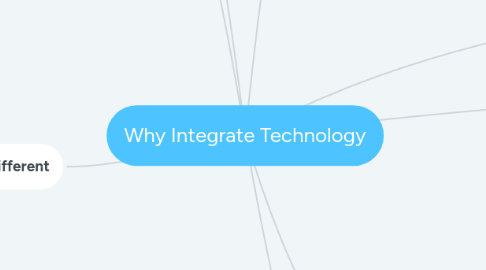
1. Standards are different
1.1. ISTE Standards
1.1.1. Copyright and Fair Use
1.1.1.1. Teachers 4. Promote and Model Digital Citizenship and Responsibility a. advocate, model, and teach safe, legal and ethical use of digital information
1.1.1.2. Student 2. Digital Citizen b. Engage in... c. Demonstrate an understanding of and respect for the rights and.....
1.1.1.3. Educators
1.1.1.3.1. 3. Citizen: C. Mentor students in the safe, legal, and ethical practices...
1.1.1.3.2. 3. Citizen: A. Create experiences for learners to make positive, socially responsible...
1.1.1.3.3. 3. Citizen: B. Establish a learning culture that promotes curiosity and critical exam...
1.1.2. Safe Use of Internet
1.1.2.1. Students
1.1.2.1.1. 2. Digital Citizen: A. Cultivate and manage their digital identity and reputation...
1.1.2.1.2. 2. Digital Citizen: D. Manage their personal data to maintain digital privacy and security...
1.1.2.1.3. 2. Digital Citizen: B. Engage in positive, safe, legal, and ethical behavior...
1.1.2.2. Educators
1.1.2.2.1. 3. Citizen: A. Create experiences for learners to make positive, socially responsible...
1.2. Ohio Standards
2. Teachers should be Different: Teacher preparation should be different
2.1. Professors model technology integration in PTE
2.2. Good Model Technology integration for your students
2.3. Unversal Design for Learning
2.3.1. 3 Principles
2.3.1.1. Multiple means of Representation (What)
2.3.1.2. Multiple means of engagement (why)
2.3.2. Why technology is important to UDL
2.3.2.1. Assistive Technologies
2.3.2.2. Accessibility
2.3.2.3. Online Resources
2.3.2.3.1. TechMatrix
2.3.2.3.2. Common Sense Media
3. Multiple Means of Action and expression (how)
4. Digital Students: Students are different
4.1. Characteristics of Digital Students
4.1.1. Characteristics of Digital Students
4.1.2. Multitaskers
4.1.3. Always on or connected
4.1.4. Multimedia Orientated
4.1.5. Used to a stimulating environment
4.2. Different Types of Learners
4.2.1. Multiple Intelligences
4.2.2. Culture, Ethnicity, and Languages
4.2.3. Autism
4.2.4. ADD/ADHD
4.2.5. Learning Styles
4.2.6. At Risk
4.2.7. Gifted and Talented
4.2.8. Physical Disabilities
5. Skills are Different
5.1. Critical Thinking
5.2. Spatial Thinking
5.3. Visual Literacy and Visual Thinking
5.4. Nonlinear Thinking
5.4.1. Benefits of Multimedia
5.4.1.1. Students
5.4.1.1.1. Stimulates the Senses
5.4.1.1.2. Promotes Active Learning
5.4.1.1.3. Provides Practice in Using 21st Century Skills
5.4.1.1.4. Opportunities for Ethical Use of Technology
5.4.1.1.5. Enhances Nonlinear Thinking
5.4.1.2. Teachers
5.4.1.2.1. Helps Communicate Instructions
5.4.1.2.2. Provides Practice in facilitating Learning
5.4.1.2.3. Offers Opportunities to Differentiate Instruction
5.5. Creativity and Innovation
5.6. Research and Information Literacy
5.6.1. Educators 4. Promote and Model a. Advocate, model, and teach safe, legal and ethical use of digital information and technology, including respect for copyright, intellectual property and the appropriate documentation of sources. c. Promote and model digital etiquette and responsible social interactions related to the use of technology and information
6. Global World and Workplace
6.1. Increased Global competition for jobs
6.2. Rapid pace of technology changes require adaptable skills
6.3. Global World and Workplace
6.3.1. Increased Global competition for jobs

